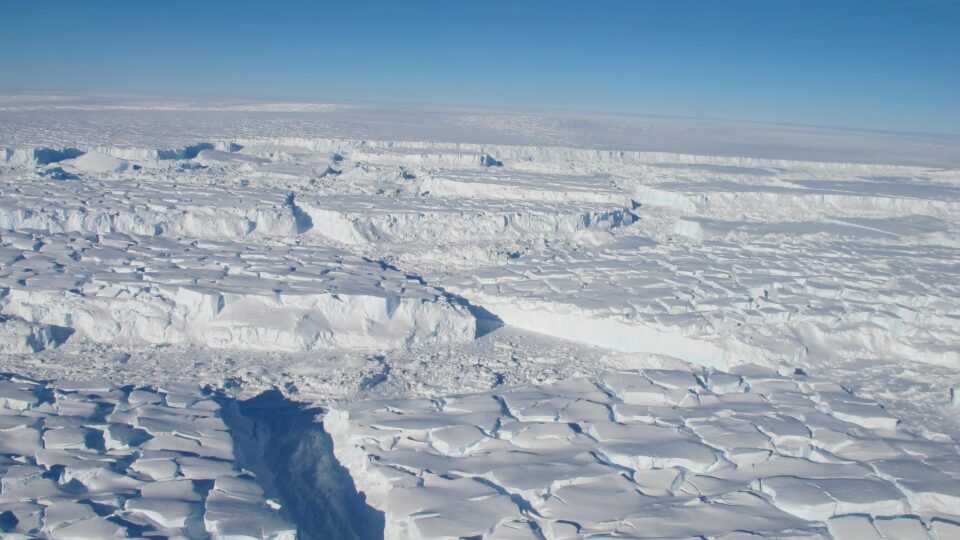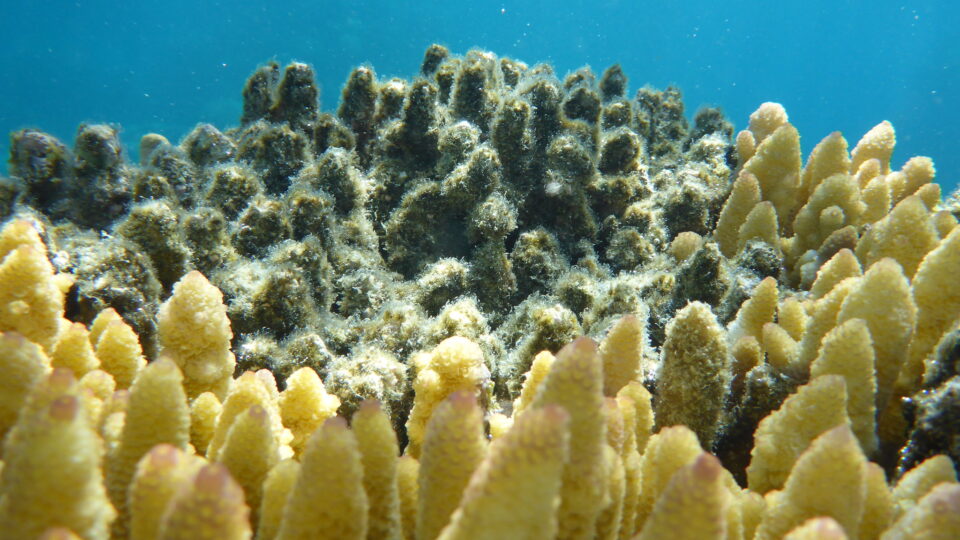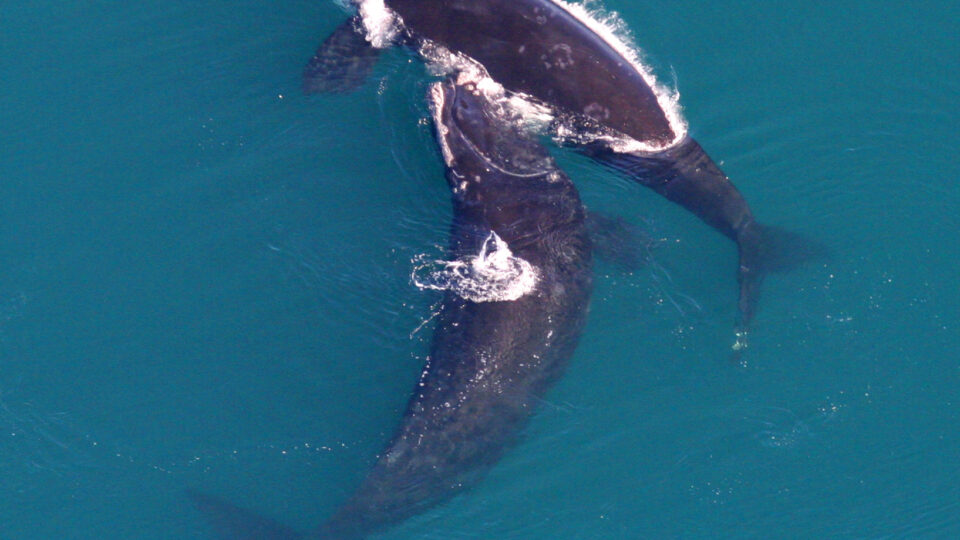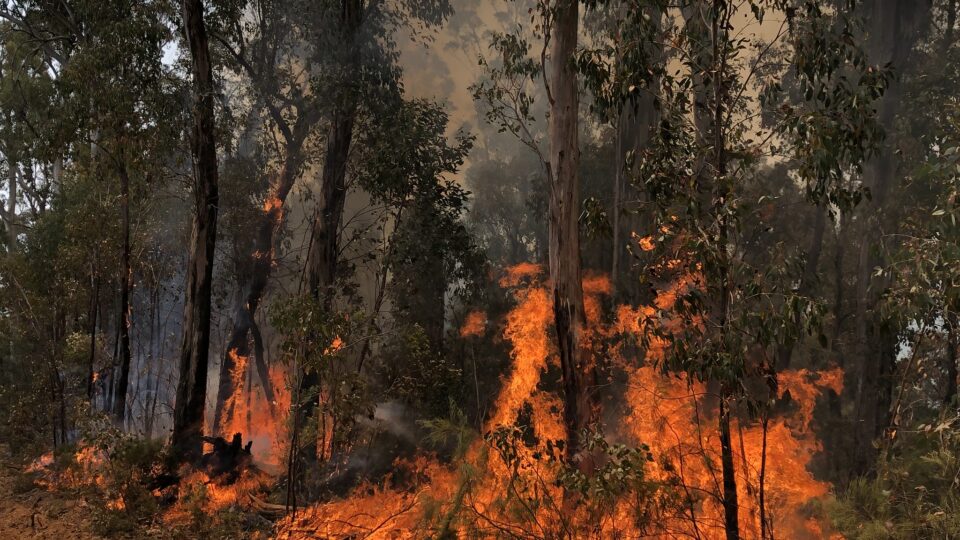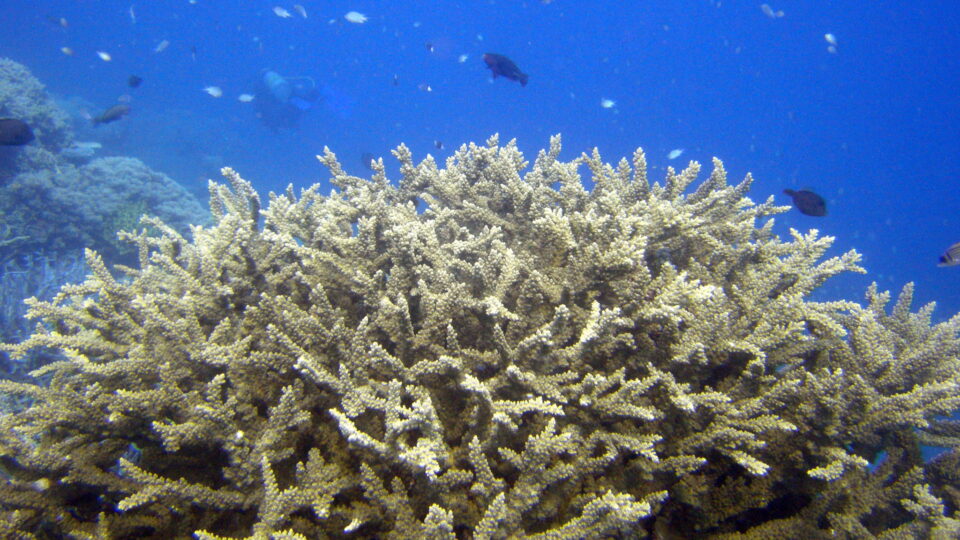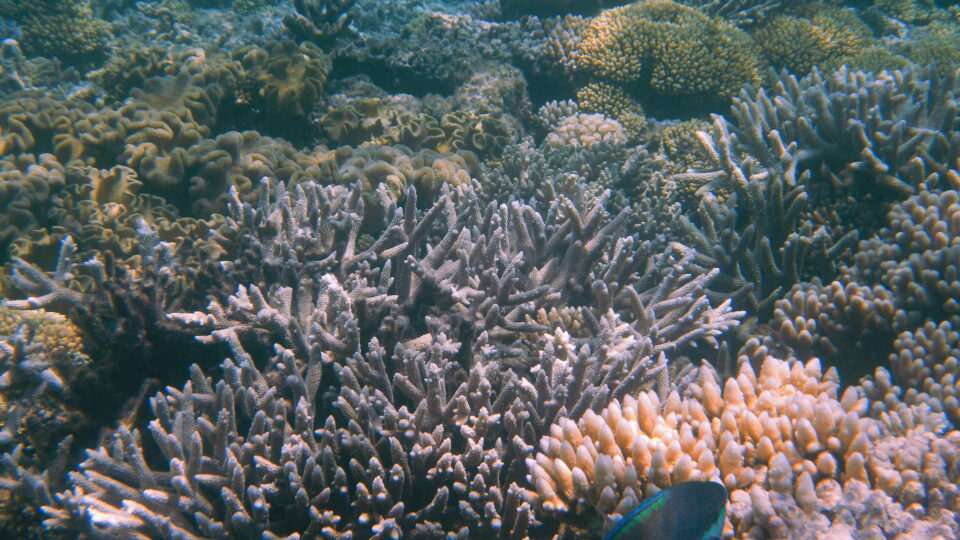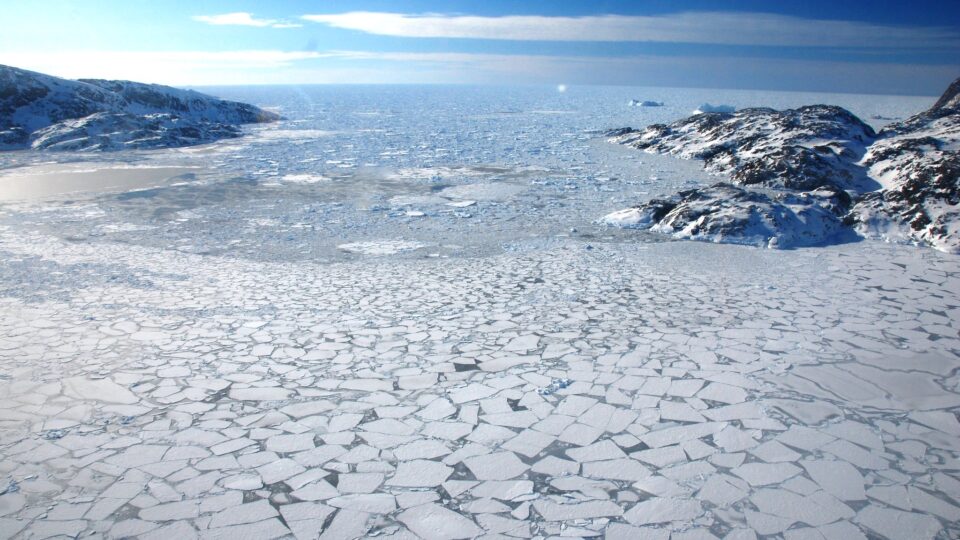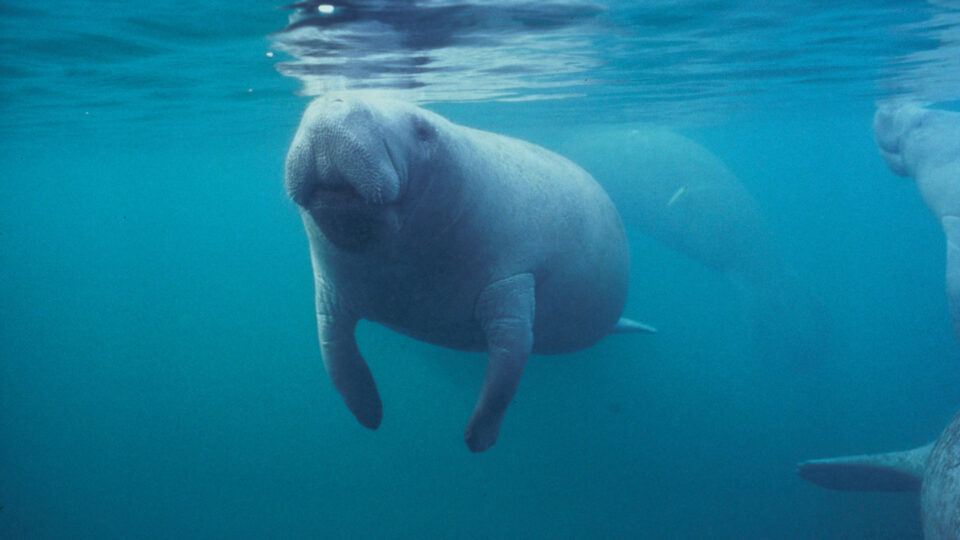The great mountain ranges of central Asia, including the Himalayas, contain the third-largest deposit of ice and snow in the world, trailing only Antarctica and the Arctic. The Himalayan range contains about 15,000 glaciers, and is part of a region widely referred to as the Third Pole due to its extraordinary reserves of freshwater.
But in recent years, scientists have observed an increase in the rate of Himalayan glacier loss. According to a new study led by researchers from the University of Leeds in the UK, the accelerating melting of the Himalayan glaciers threatens the water supply of millions of people in Asia.
In the study, researchers reconstructed the reach of the Himalayan glaciers during the Little Ice Age, which was the last major glacier expansion 400-700 years ago. They found that these glaciers began losing ice 10 times faster during the modern era. In fact, the glaciers have shrunk from a peak of nearly 11,000 square miles to around 7,500 square miles today.
This exceptional acceleration of melting of the Himalayan glaciers could have significant implications. Hundreds of millions of people rely on Asia’s major river systems for food and energy, and depend on these glaciers to feed rivers during the dry seasons. These rivers include the Brahmaputra, Ganges, and Indus. The changing global climate could disastrously impact water resources and livelihoods of the Greater Himalayan region.
According to the research team, people living in these regions have already seen changes that are unlike anything witnessed for centuries. This study is the latest to confirm that these changes are accelerating and pose a significant threat to entire nations and regions.
**********
Web Links
Himalayan glaciers melting at ‘exceptional rate’
Photo, posted March 13, 2018, courtesy of Sarunas Burdulis via Flickr.
Earth Wise is a production of WAMC Northeast Public Radio.

